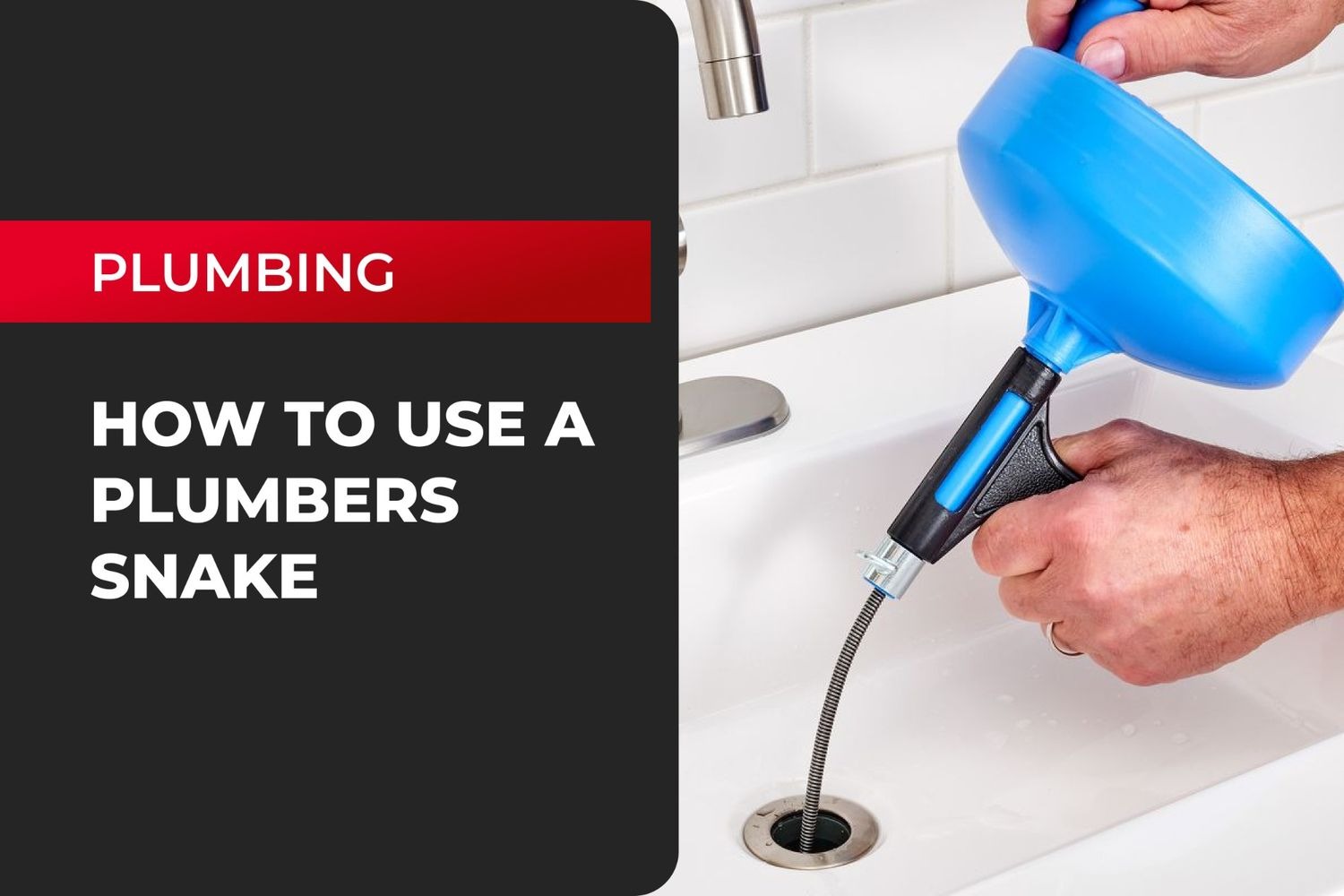We’ve all had the problem of a stopped up toilet or a sink that won’t drain. In some cases, you can fix the problem easily with liquid chemicals that you pour down the train, or by using a plunger.
When those methods don’t work because the clog is too severe, the next thing to try before calling the pros is a drain snake.
What Is a Plumber’s Snake?
A plumber’s stake, also called a drain snake is a long cable that has an auger on the end that looks similar to a corkscrew or a drill bit. It’s coiled up when it’s not being used and it’s flexible so it can bend around inside the pipes without getting stuck.
Most drain snakes have a handle that rotates to stretch the coil and move it further into the pipes. If the clog isn’t too severe, the tool should snake around and bore through the clog, opening the drain.
Steps to Using a Plumber’s Snake Properly
1. Prepare the area and yourself.
Before you start snaking, spread some old towels around where you’re working. It’s also best to wear a pair of protective rubber gloves. You don’t want to touch the cable or whatever stuff is in the clog.
2. Start the snake.
Next, insert the end of the snake into the drain and rotate the handle to uncoil it. As it uncoils, it will wind around any twists or turns in the pipes and stop when it hits the clog. Turn the handle at a consistent rate; not too fast or too slow.
If you hear a scraping noise, stop turning and move the cable a big to readjust it so it’s not scraping the sides of the pipes. If the coil starts backing up, keep rotating the handle so the auger will push through the obstruction and clear the clog.
3. Remove the snake.
Don’t try and force the snake to go any farther. If the coil resists going further, start coiling it back out and it should bring the obstructive matter with it.
Jiggle the coil so the head will move around and catch or break up the obstruction. Then reverse the handle to bring the snake back out.
4. Flush the pipes.
Once you remove the snake, run water down the drain to make sure it cleared the clog. The running water should also flush away anything that the snake broke free.
If you’re snaking a toilet, you should notice the water starting to empty in the bowl. After you pull out the snake, flush the toilet to make sure it’s no longer stopped up and again, to flush out any remaining particles that the snake loosened.
Repeat the Snaking Process
If the water is draining slowly after the first snaking process, snake it at least one more time. Food, hair and soap might cause an obstruction that is particularly hard to break through and it may take two or three processes to clear it.
After each process, flush the pipes with water to flush away any remaining particles.
The cost of buying a plumber’s snake and the time it takes to do it could save you hundreds of dollars over calling a professional plumber. However, if you’ve used drain cleaning liquid and snaked the pipes a few times and you still have a clog, it’s time to call the pros.



